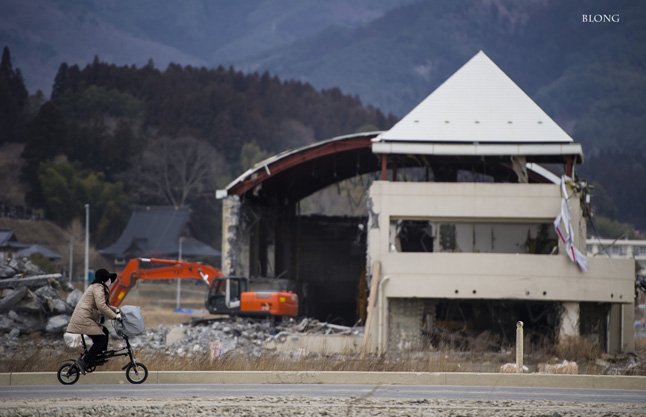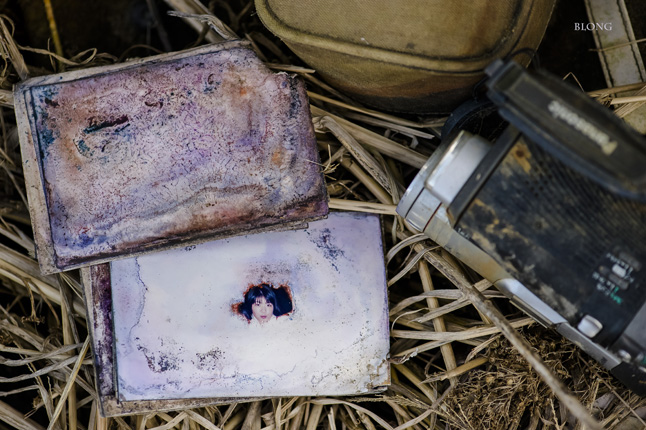
By Tomoaki Fujimura
The great tsunami of 2011 that ravaged Japan’s eastern coastline was, by any standard, a true monster. And although two years have passed photographer Bruno Long and I discovered that its horror continues to reverberate through the country two years later.
The magnitude 9.0 mega-quake that spawned the tsunami occurred at 2:46 pm on March 11, 2011. It was the largest earthquake to ever rock Japan and the 4th largest ever experienced in the world.
Japan has a long history of dealing with earthquakes and tsunamis. There were large tsunamis that hit the coastland called the Tohoku in 869, 1611, 1616, 1677, 1835, 1896 and 1933. With that kind of history of disaster Japan’s people have always tried to be prepared for the worst that Nature could throw at them..
All Japanese people receive training on what to do in case of an earthquake or tsunami. Those drills, along with the tsunami walls built along portions of the coast convinced many that they were ready for disaster.
They were mistaken.
Many adults relied on automobiles to try and escape instead of leaving on on foot or on bicycles. That created huge traffic jams that trapped people who were then swept away and drowned.
Today, however, I wanted to share one story that I found emotionally upsetting.
On March 6, Bruno and I were taken to four tsunami sites by members of the Kumagi family who have a link with Revelstoke due to the 1910 Rogers Pass avalanche that killed their ancestor.
The Kumagi family lives 30 kilometres inland from the Tohoku coast and they took us to four unforgettable sites: the towns of Rikuzentakata and Minamisanriku, the city of Kesennuma and Ishinomaki Okawa Elementary School.
Of all the places we visited, the Ishinomaki Okawa Elementary School was the most emotionally difficult. There, 70 of its 108 students were killed and four are still missing today. As we walked around the school we found some of the children’s effects still on the ground. And it remains very hard to imagine those children’s last minutes as the great waves swept them away. and it was almost as though we could hear echoes of their tearful cries in the rain and wind that day.
How could this happen? Their parents and city officials in Ishinomaki are still trying to determine whether poor decision-making by the teachers led to the students’ deaths (You can discover more about this by going here: http://www.telegraph.co.uk/news/editors-choice/9135241/Japan-earthquake-and-tsunami-anniversary-Okawa-elementary-parents-accuse-authorities-of-covering-up-murder.html. You can also click here to see a Japanese-language memorial to the children’s death.)
The original news of the great tsunami prompted people around the world to help as best they could. People here in Revelstoke were very generous and donated about $1,200 to a relief fund.
In the fall of 2012 Japanese photographers — many of them my friends — got together to raise money for children who lost their parents. I contacted them and donated our $1,200 to their charity event, which raised ¥ 3 million (about $40,000) over two days.

Then, they spread the money into three different organizations that support disaster orphans. (Please click here to see their thank-you letter to the people of Revelstoke.)
If you are still interested in, Alice Webber and I have set up an account at the Revelstoke Credit Union and people can deposit money into the account for Japan Earthquake Fundraising. We appreciate your continued support and contributions.
Tomoaki Fujimura is a professional member of the Canadian Avalanche Association and a resident of Revelstoke.
Bruno Long is a Revelstoke photographer.
Here are some of the poignant images captured by Bruno:









